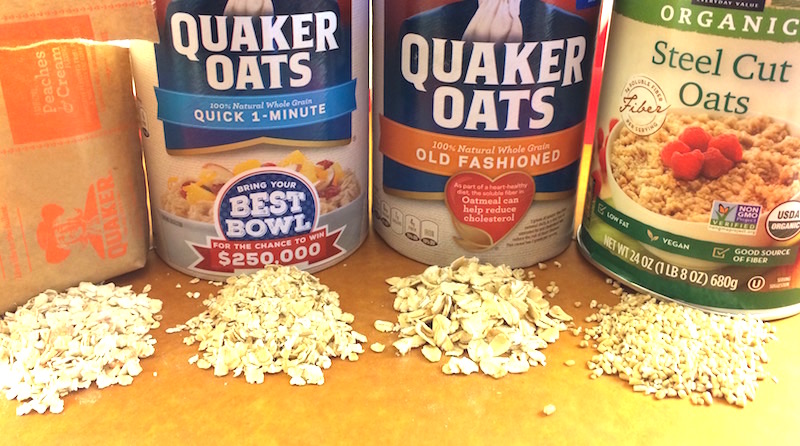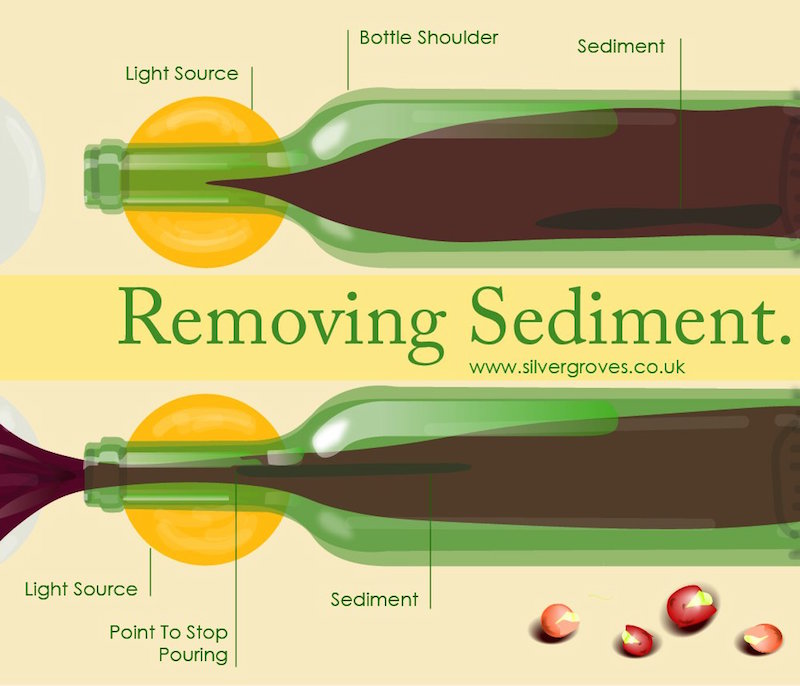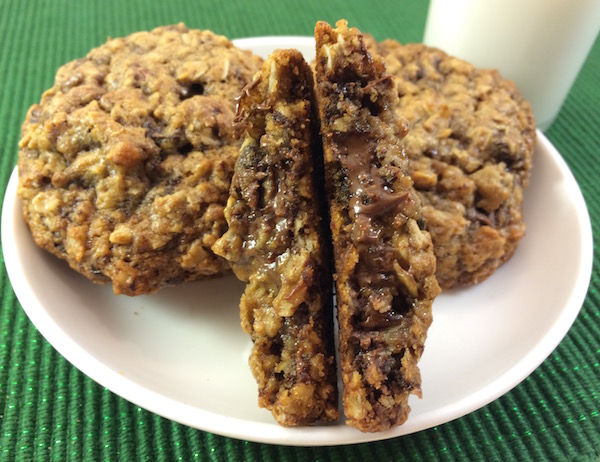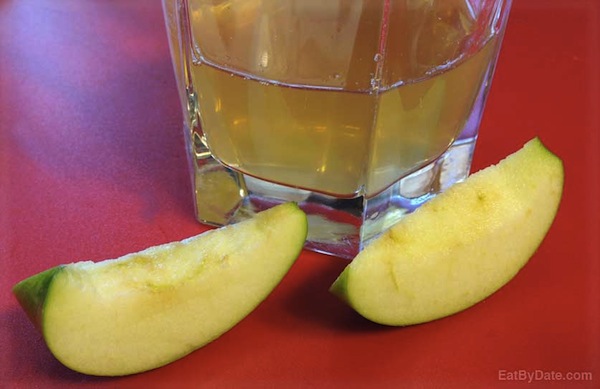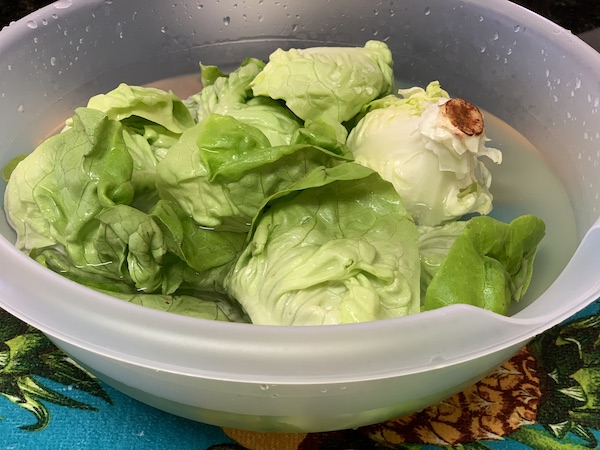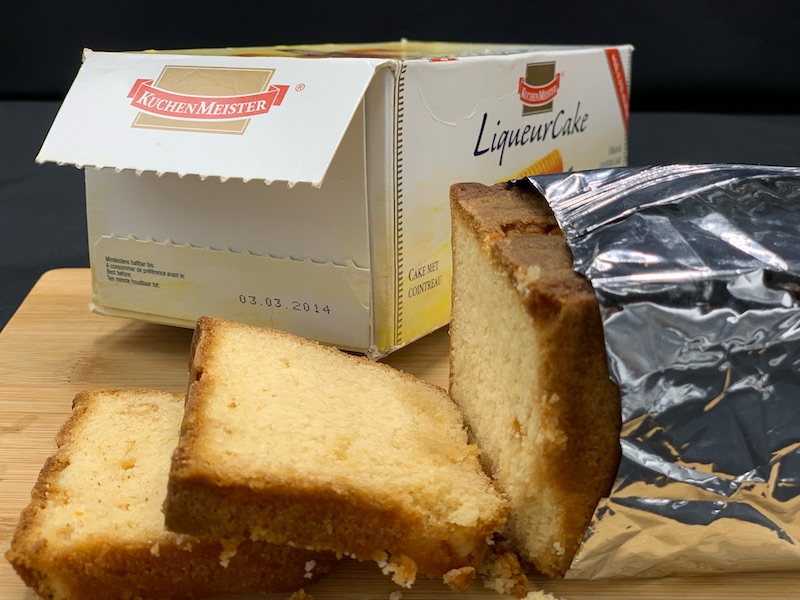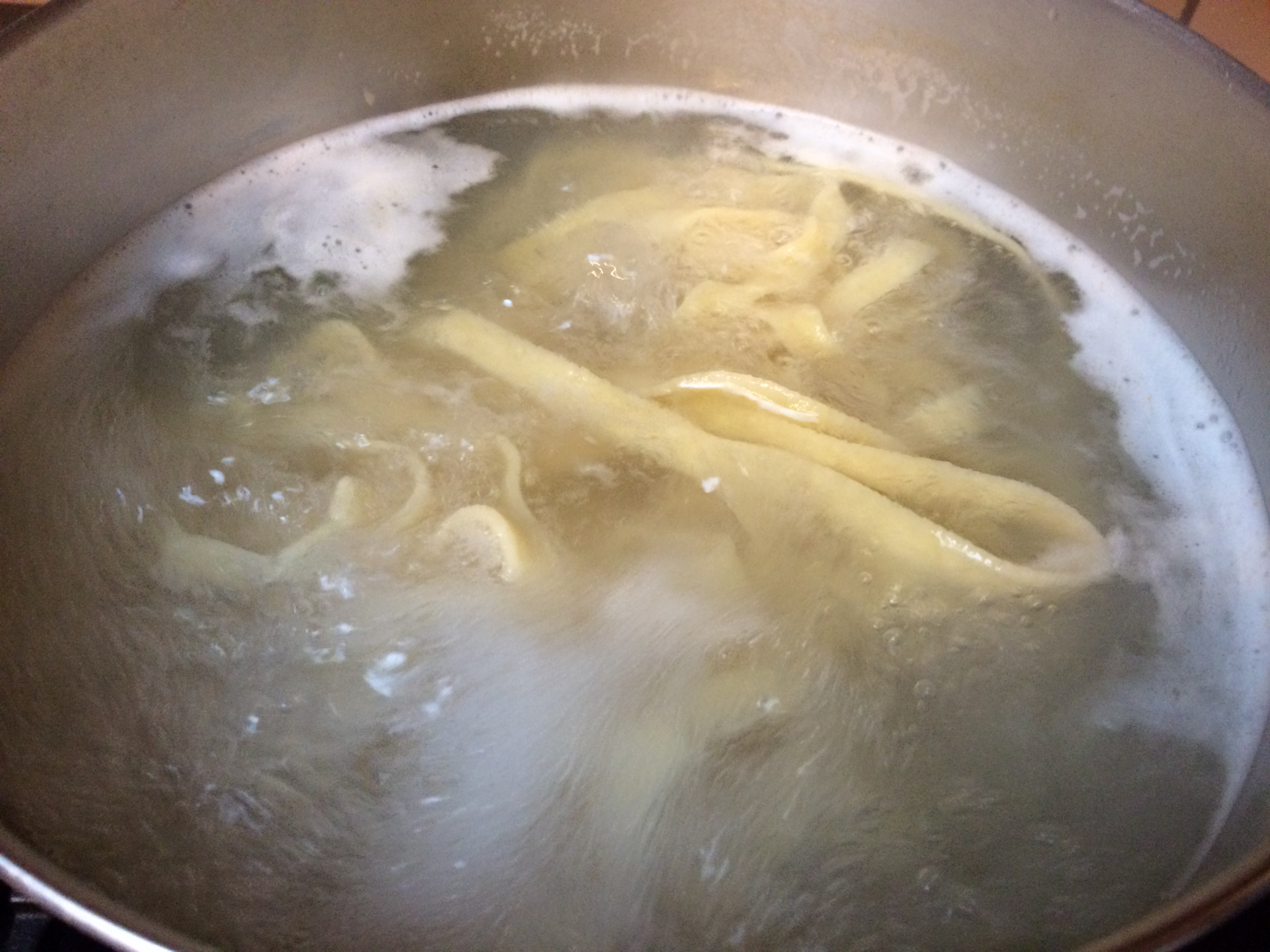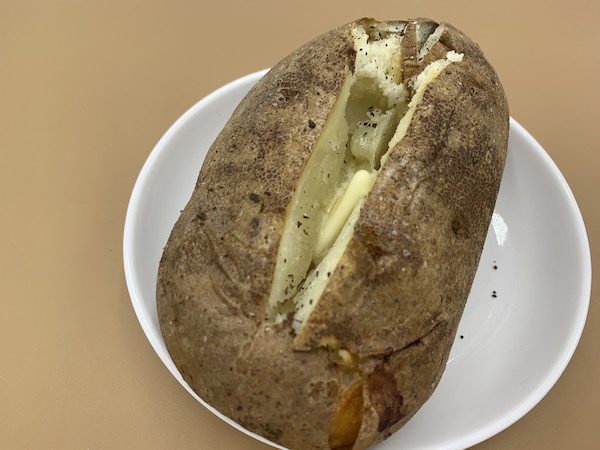Sweet Potato vs Yam
Sweet Potato vs Yam, Yam vs Sweet Potato, or Sweet Potatoes vs Yams – a very common dilemma no matter how it’s phrased.
Question:
What’s the
difference between a sweet potato and a yam?
Answer:
Although history
explains the confusion between these two and the
USDA attempted to solve the confusion, confusion
still exists… even with stores that sell the
product! We will explain the differences between
sweet potatoes and yams below, but the bottom line
is that for most nutritional value look for red
skinned sweet potatoes with orange flesh
inside… but they are most likely labeled as
yams!
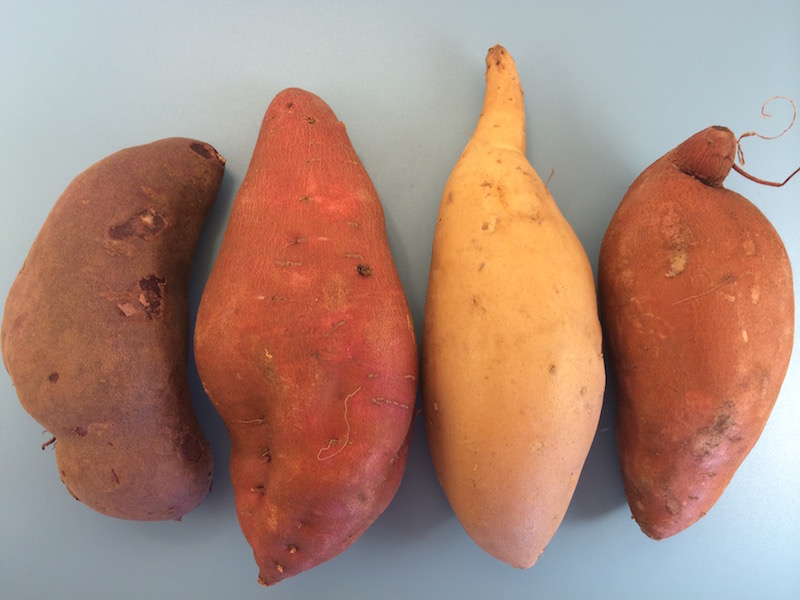
Sweet Potato vs Yam
Technically, both sweet potatoes and yams come from flowering plants… but they are actually not botanically related! The characteristics of sweet potatoes and yams are also different. Actual sweet potatoes have short, smooth skinned roots with tapered ends whereas actual yams are long and cylindrical with rough, scaly skins. Sweet potatoes are moist and sweet while yams are dry and starchy. Yet, both come in a wide range of colors and are grown in the same season. Explaining the likenesses and differences is only half the story – history can better explain how this became an issue, so please read on.
Sweet Potato vs Yam - The Inside Scoop
Most yams are grown in Africa, while most sweet potatoes are grown in the southern United States. The U.S. first grew firm sweet potatoes and then began growing soft sweet potatoes which, once cooked, became soft and moist. African slaves began calling soft sweet potatoes ‘yams’ because they reminded them of yams from home. Thus, soft sweet potatoes became known as yams and firmer varieties kept the sweet potato name. Later, in an attempt to clear things up, the USDA required that all labels with the term ‘yam’ also use the term ‘sweet potato’ [1]; but this only fueled the confusion. The bottom line is that, unless you are shopping in an international market, you are probably buying a sweet potato – regardless of what the sign says!
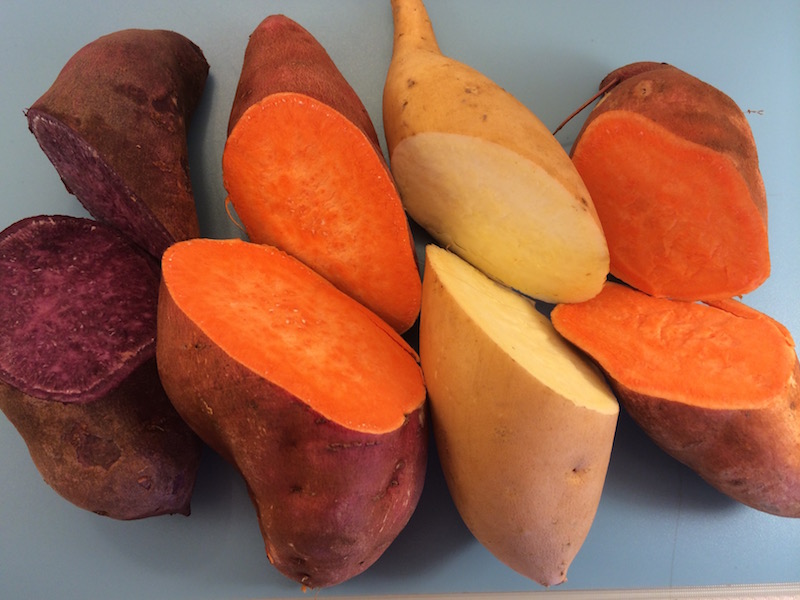
Even on the inside sweet potatoes and yams are almost indistinguishable when raw, but the ones labeled ‘yam’ (assuming that they are labeled correctly) will cook up softer.
Sweet potatoes contain vitamins C, B6, E along with iron, potassium, and the orange flesh ones are also full of beta-carotene (white varieties contains far less). Beta-carotene is a carotenoid with anti-cancer, anti-viral and anti-oxidant properties which the body then converts into Vitamin A. In fact, orange sweet potatoes contain so much Beta-carotene that a one cup serving provides seven times the daily recommended amount! The Vitamin E is important for healthy skin. All sweet potatoes are full of fiber, especially the skin, and can help digestive function and help lower cholesterol.
Sweet potato skins can be purple, red or yellow skinned with a corresponding purple, orange or white flesh in that order.
In summary: Sweet potatoes grown in the U.S. are still of two major types, firm (golden skin with pale flesh) and soft (copper skin with orange flesh). The latter is usually called a yam in stores and cooks up softer than the former. So, know what kind of sweet potato you want for your recipe before shopping so you can look for the proper label… but also look for skin color just to be sure!
Additional Information
For tips on how to make your fruits and veggies last longer once home, see our individual pages and read our keeping produce fresh post.
To find out how long sweet potatoes last, see our sweet potato page.
To find out how long potatoes last, see our potato page.


